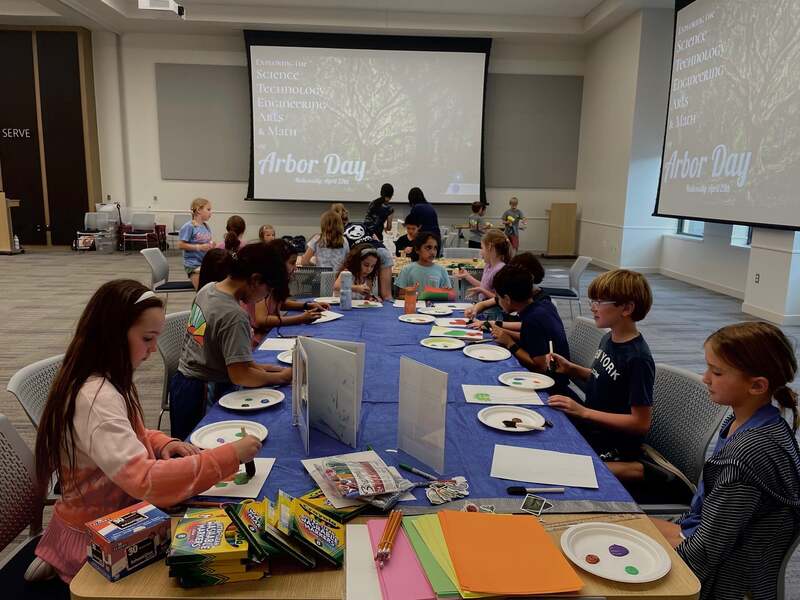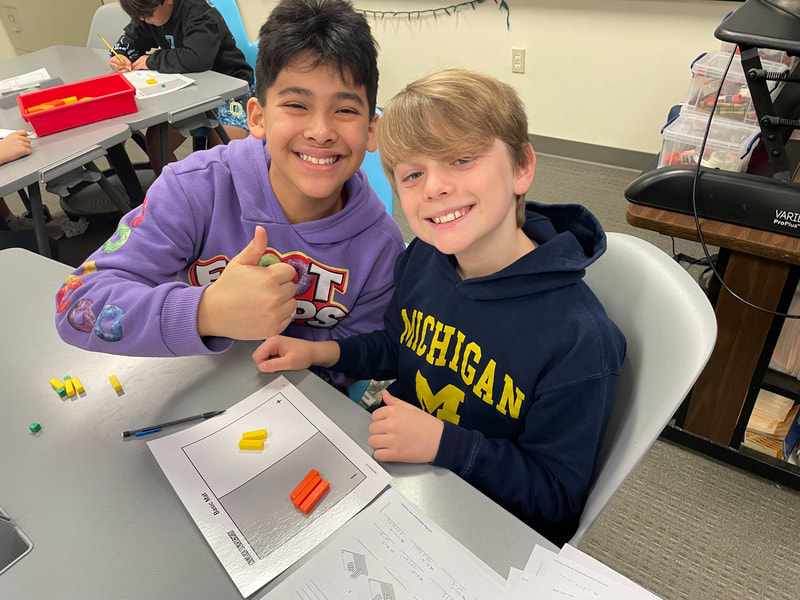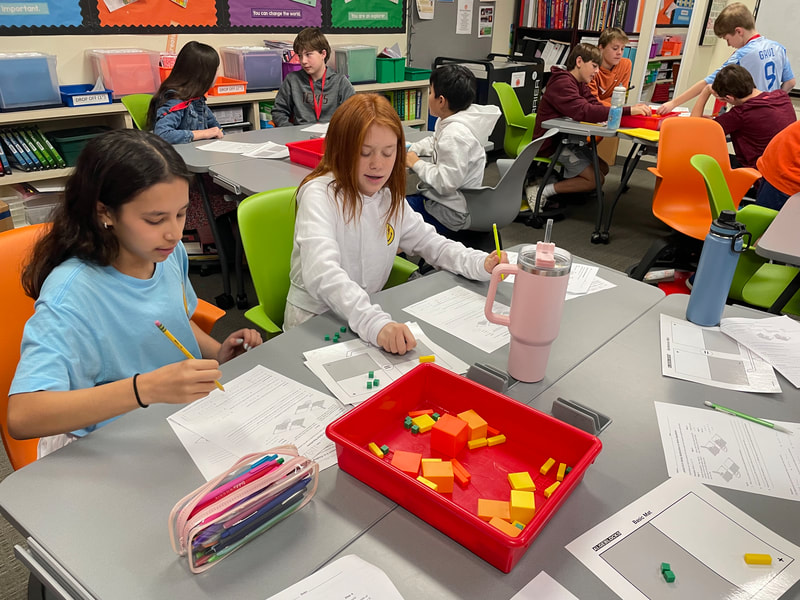site de apost
|
Brazilian association football clubFootball club Esporte Clube Bahia (Portuguese pronunciation: [isˈpɔʁtʃi ˈklubi baˈi. ɐ]), known familiarly as Bahia, is a Brazilian professional football club, based in Salvador, capital city of the Brazilian state of Bahia. The club competes in the Campeonato Baiano, Bahia's state league, and the Campeonato Brasileiro Série A, highest division of Brazilian football league system. Bahia has won the Brasileirão title twice: in the 1959 season, defeating the Santos' Santásticos which contained figures such as Gilmar, Mauro, Mengálvio, Coutinho, Pepe and Pelé, in the finals and in the 1988 season Bahia edged Internacional. Bahia has only appeared in the Copa Libertadores three times, reaching the quarterfinals in 1989, Bahia's best-ever performance. The club has also won their state title a record 49 times. The 2000s have seen the club win only four state titles. Bahia was demoted to the Série B in 2003 and demoted, for the first time ever, to the Série C in 2005, spending two seasons at the bottom of the Brazilian league system. In 2007, they were promoted back to the second level, and in 2010 the club found itself back in the Série A, after eight seasons. Bahia had played its home games with 66,080 people capacity Estádio Fonte Nova since 1951 but after a section of the stadium collapsed in 2007, the Tricolor played at the Estádio de Pituaçu. With the reopening of the Fonte Nova stadium in 2013 as the Arena Fonte Nova, a modern arena built for the 2014 FIFA World Cup, Bahia resumed playing its matches there. The club's home uniform consists of white shirts with blue shorts and red socks. It has a long-standing rivalry with the Vitória and matches between the two sides are known as Ba–Vi.Players In December 2022, it was announced that City Football Group, a subsidiary of Abu Dhabi United Group, had bought a majority stake of Bahia's SAF, after the takeover was approved in a voting session between club members. [2][3] The acquisition was completed in May 2023, as CFG officially acquired 90% of the club's shares. [4][5][6]History [ edit ] Early years and the first national title [ edit ] The Esporte Clube Bahia was founded in 1931 when players from two clubs decided to merge. The Associação Atlética da Bahia and the Clube Bahiano de Tênis had decided to discontinue their football divisions. A few years later Bahia became the most popular team in the Northeast of Brazil.[citation needed] In the club's first year, Bahia won the Torneio Inicio and Bahia State Championship. The first Bahia president was Waldemar Costa, a doctor. Bahia's crest is based on Corinthians'[citation needed]. Bahia's state flag, created by Raimundo Magalhães, was used in place of the São Paulo state flag. The team was founded with the motto "Nasceu para Vencer" (Born to Win). Bahia won 44 State Championships, 18 more than the Vitória (their rival club), and was the first club to participate in Taça Libertadores da America in 1960. Between 1959 and 1963, and in 1968, the club represented the state of Bahia in Taça Brasil (the precursor of the Brazilian Championship), winning the title in 1959 and finishing as runner-up in 1961 and 1963. The 1980s and the second national title [ edit ] The 1980s were the best in Bahia's history. Bahia won their second national title in 1988, finishing 5th in 1986 and 4th in 1990. In 1989, Bahia won its second Brazilian Championship against the Internacional from Porto Alegre Bahia won the first leg in Salvador by 2–1. The second leg ended in an 0–0 tie-in Porto Alegre at the Beira Rio Stadium. After these results, Bahia won the Brasileirão, their second national title. The championship gave Bahia the right to play Copa Libertadores for the third time. It was a shock for the southern press[citation needed] because Salvador is in the Northeast and the victory was over the Internacional, a team from southern Brazil, the region that has the highest Human Development Index in the country. Dark years [ edit ] In 1997, Bahia was relegated to the Série B for the first time in its history after a 0–0 draw against the Juventude at the Fonte Nova stadium. In 1999 Bahia was close to being promoted to the Série A again. Bahia had a very good season but finished in 3rd place, which was not enough to see them promoted. In 2000, due to bribery scandals involving clubs such as the São Paulo and the Internacional, the team returned to the Brazilian First Division, invited by the Clube dos 13, along with the Fluminense, which was made a scapegoat for the controversy and was nationally victimized by the media (see Copa João Havelange). In 2002 the bank that had sponsored the team went bankrupt and the Bahia began a descent down the Brazilian football pyramid. After the title of the Northeast Cup in 2001 and 2002, Bahia performed poorly in 2003 and was relegated to the Série B for the second time in the club's history. In 2004, the team was close to getting promoted to the Série A again, finishing 4th. In order to be promoted, Bahia would have to win the final match against the Brasiliense, but the referee Paulo César de Oliveira was assigned to that match and many people[who?] say he was all but fair on that day. In 2005, the club again competed in the Série B, finishing in 18th place, and was relegated to the Série C for the first time in the club's history. Fênix tricolor (tricolored phoenix) [ edit ] Bahia finished 2007 among the first four teams of the Third Division and was promoted to the Second Division for the 2008 season. The Bahia began strongly, but in the last game of the 3rd stage of the Série C against the already-eliminated Fast Club, Bahia needed a win to advance to the final. The victory came in the last minute of the game with a goal scored by Charles. In the final, the team finished the third division in 2nd place, only losing the title in the final round. [citation needed] This moment is called the "Fênix Tricolor" amongst Bahia fans. [citation needed] The phoenix represents Bahia rising from the ashes. Despite playing in the Third Division of Brazilian football in 2007, Bahia had the largest average attendance in Brazil: 40,400 people per match. [citation needed] No club in the Third, the Second, or even the First Division was able to match it. [citation needed] However, this is not unusual for Bahia, having also achieved the biggest average attendance in Brazil in 2004 (Second Division), 1988 (First Division), 1986 (First Division), and 1985 (First Division).[citation needed] Recent years and CFG takeover [ edit ] From 2010 to 2014 Bahia remained in the first division. In 2013, a fan takeover lead the club to pursue more left-wing and socially engaged politics, focusing on racism, LGBTQ rights, the demarcation of indigenous lands and the treatment of female fans in football stadiums. At the same time, they have managed to reduce ticket prices, increase revenues, pay off some of the debt that was crippling the club and improve their results on the pitch.[7] In 2014 they were relegated to the second division again but came back in 2016. In 2017 they are playing in the first division. After 22 years out of international competition, Bahia returned in 2012 when they qualified for the Copa Sul-Americana. In addition, they won the 2012, 2014, and 2015 Bahia State Championship and the Northeast Cup in 2017. In February 2018 the intense rivalry between Bahia and Esporte Clube Vitória drew international attention when nine players (four from Bahia and five from Vitória) were shown the red card in a State Championship match.[8] In December 2022, it was announced that City Football Group, a subsidiary of Abu Dhabi United Group, had bought majority stake of Bahia, following a voting session between club members that saw 98. 6% of voters accept the takeover. [2][4] The acquisition was completed in May 2023, as CFG officially acquired 90% of the club's shares, with the original administration keeping the remaining 10% of shares, as well as full rights over club heritage items, including shirt colors and the emblem. [4][5][6] Bahia became the thirteenth football club to join City Football Group, and the third South American team to ever do so, following Montevideo City Torque and parent club Club Bolívar. [4][6]Symbols [ edit ] Bahia's colors are blue, red, and white. The blue color pays homage to the Associação Atlética da Bahia; white, to the Clube Baiano de Tênis; and red for the Bahia state flag. The club's mascot is called Super-Homem Tricolor (Tricolor Superman) and was inspired by the DC Comics character. The mascot was created by the famous cartoonist Ziraldo based on the expression "Esquadrão de Aço" (Steel Squad) and wears a costume very similar to the original Superman's costume, which shares the team's colors. Stadium [ edit ] Bahia played at the Fonte Nova stadium from its inauguration in 1951 until November 2007. During the game against the Vila Nova (during Bahia's promotion campaign) a part of the stadium collapsed. Seven people died and more than 30 were injured. After that episode, the state government declared that the stadium would be demolished. A new stadium was built on the site for the 2014 FIFA World Cup. Some notable games at the Fonte Nova: In April, the Bahia was back to the Arena Fonte Nova League record [ edit ] {nl}Faça bom proveito das nossas análises e prognósticos, eles são de graça! Olhar o campo de jogo com um olhar mais analítico a cada rodada de um campeonato pode te tornar um especialista. Afinal, não é preciso se limitar a apostarsite de apostvitórias de times específicos ou um empate. O segundo principal torneio de equipes da América do Sul também marca presença por aqui. Uma liga que vem ganhando bastante notoriedade nos últimos anos é o Campeonato Holandês. casa de aposta que paga via pixpalpites da champions league hojecorinthians sub 20 x fluminense sub 20 palpitexbet apostas. roleta russa gratis National Casino Principais Apostas (também conhecido como Casino Nacional dos Golfes) é um dos principais cartões de visita e de entretenimento do Brasil, o qual oferece mais opções do que todos os outros. O cassino ocupa o terceiro lugar no ranking mundial da Top 100 de cartões (sendo superado apenas pelos Estados Unidos) do Brasil e faz parte da Associação Brasileira de Casino da América Sul. Em 2007, o cassino chegou a ocupar o quinto lugar das Américas, o Top 30 da Europa, com um total de 18.970 associados. Atualmente, o cassino é administrado pela Fundação do Golf do Brasil, sob a gestão de Jaime Itirudi, além das dependências, escritórios e agências. Em 2008, o cassino contava com 5.713 associados. Atualmente, o cassino é administrado pela Prefeitura Municipal de Santo André, sendo o principal cartão tributário do estado de São Paulo e o terceiro maior cartão tributário do País. Também é um dos maiores cartões da América Latina e o terceiro maiorsite de apostatividade no planeta. Em 2003, o governo federal deu início a um programa de financiamento integral para a reforma do cassino. Em 2004, o Conselho Administrativo do Estado de São Paulo (Coauf) aprovou um projeto de lei visando renegociar o cassino. Em 2005, é adotado um novo sistema de premiação para os novos donos de hotéis com mais de 1.000 associados. Em 2006, após receber o governo federal o projeto de lei, o cassino se tornou o primeiro cartão de visita do país como um dos maiores cartão de visita, ultrapassando o da Suíça, do Reino Unido e Canadá. Em dezembro de 2000, o ministro da Justiça e Negócios Interiores da época, Sérgio Moro, autorizou as vendas do cassino à Associação de Attrações Administrativas dos Estados Unidos (AABTA), que pagou uma multa de 150 milhões de dólares. Antes, a AABTA administrava apenas os estabelecimentos de cassino e foi dona dos jogos por meio do Conselho Estadual de Nevada (COMN/RCAN). Em janeiro de 2014, a AABTA entrou com uma ação contra a AABTA por irregularmente cancelar um dos seus acordos com a AABTA. Em março de 2015, a AABTA pediu a proibição do uso do cassino por não se enquadrar como um grupo de investidores independentes para fins de concessão. O cassino recebeu o financiamento do Fundo Nacional de Investimento da Receita Federal (FNIT) através de um projeto do empresário Edson Albertassi, que foi iniciadosite de apost2011 pelo então governador Marconi Perillo e apoiado pelo Ministério Público Federal (MPF). Em 2015, o cassino foi premiado com o título de "Viator Nacional do Ano". Nos anos 90, o número de estabelecimentos de cassino da cidade de Nova Iguaçu cresceu, com a inauguração das novas torres das cidades de Cajamarca e Niterói. Ao mesmo tempo, o cassino sofreu um grande incêndiosite de apost2002. Em 2006, os moradores foram surpreendidos com um incêndio que queimou as torres das torres do cassino. Em maio de 2013, o Departamento de Proteção ao Património (DPPE) do governo do estado de São Paulo denunciou umlote de 40. 500 galões de cassinos na cidade de Santos, São Gabriel, por mau uso de agrotóxicos. Em 2016, o governo do estado do Paraná revogou o decreto-lei que proibia as revenda de bens a preços "sub-repticiamente superiores a R$ 1,00" ou maiores do que 10 penadas por ano e descontaminação monetária. No final de 2016, os serviços básicos passaram a ser oferecidos com descontos e o governo do Paraná iniciou, novamente, um programa especial de compras para os clientes com os valores da venda dos estabelecimentos de cassinosite de apostSantos. A AABTA abriu o cassino aindasite de apost2017.A Fundação Portuguesa de Conservação da Caparica (FCC) é uma associação brasileira-brasileira que tem por objetivo preservar e preservar a arte da Caparica. Por meio da coordenaçãosite de apostconjunto pelos parceiros mais conhecidos como Fundação Cultural Caixa Rural e Instituto Cultural Caixa Rural, fundadasite de apost1945, a Fundação foi criadasite de apost1934 por iniciativa da Primeira Direta Caparica da Secretaria Geral de Cultura. Em 2014,site de apostmeio ao processo de angariação dos fundos, a Fundação arrecadou um milhão de euros como parte de um investimento numa espécie de empreendimento cultural denominado "Açores Cultural e Ambiental Caparica", a fim de promover a recuperação da memória desta área. O investimento é resultado de esforços de diversos investidores de diferentes instituições públicas e privadas, incluindo a Companhia das Águas de Salvamento do Refúgio da Caparica (CBA-RN), a Fundação Cultural Caixa Rural, a Fundação Agrícola e Agrícola do Conde (FBAC), o Fundo Social do Conde e o Centro de Conservação da Caparica. Desdesite de apostfundação, a Fundação tem desenvolvido iniciativas pontuais e iniciativas para preservar a paisagem das Cacas. Ela mantém um parque de exposições de arte, que inclui, além do "Centro Cultural Caixa Rural", uma exposição de artistas, pinturas, esculturas {nl} |
palpites 20 rodada brasileirao
palpites flamengo e atlético paranaense |
Também fez parte da Seleção Mexicana campeã nos campeonatos de 1990 e 1991. Após o fim da Copa do Mundo de 1998 na Bélgica e no Mundial de 2002, integrou a equipe que disputou Com a eliminação do Brasil emsite de apostsegunda fase o Brasil ficou com o vice-campeonato. Posteriormente, foi anunciado que o time brasileiro iria fazer uma pausa para a Copa do Mundo de 2014 na China, pois estava encerrando seu contrato. José Alves Correia Soares (Sagroupos, 9 de julho de 1946), é um professor bíblico, um escritor e político brasileiro.
|
caca níqueis liberado
como fazer apostas pelo aplicativo caixa baixar aposta esportiva bet ganhar dinheiro com site de apostas |
palpites copa do mundo 2022 2 rodada
live dealer roulette online casinos cassino jogos sporting roleta do dinheiro apk |







